Indigenous tourism is on the rise, driven by a growing awareness of the need to preserve and celebrate diverse cultures.
It isn’t just changing the way travelers explore the world. It presents exciting opportunities to protect cultural heritage and support the economic empowerment of indigenous communities.
Why is it becoming more popular and what does it mean for places, communities, hospitality brands, and travelers?
Let’s explore.
Content Overview
⦁ What is indigenous tourism, and why is it resonating with so many?
⦁ What are the cultural and economic impacts of promoting indigenous experiences?
⦁ How to introduce and maintain sustainable indigenous initiatives
⦁ How DMOs can support indigenous tourism initiatives
⦁ Advantages of promoting indigenous experiences for a destination
⦁ Challenges when developing and marketing Indigenous experiences
⦁ Navigating Indigenous tourism as a traveler
What is indigenous tourism, and why is it resonating with so many?
Indigenous tourism is an opportunity for travelers to step into the heart of the cultures, traditions, and histories of indigenous communities. For many destinations, these cultures are the very foundation of their identity. Indigenous tourism plays a key role in preserving and honoring that heritage. Ensuring it remains an important part of what defines these destinations.
Indigenous tourism isn’t just about observation and meeting the desires of travelers seeking authentic and meaningful experiences. It’s about immersion, knowledge exchange, and connection. It presents exciting opportunities for communities to introduce others to their world, while also benefiting financially, helping sustain their cultural legacies.
It’s much more than a travel trend. It’s a movement that affects travelers, communities, and the places built on these unique cultures.
Let’s dive more into indigenous tourism’s cultural, economic, and social dimensions, always with respect for the communities involved.
What are the cultural and economic impacts of promoting indigenous experiences?
Promoting indigenous experiences can have significant effects on both culture and local economies. Travelers can learn about unique traditions while sharing their own experiences. This can lead to a deeper cultural understanding and benefit both communities and visitors.
If done right, promoting indigenous experiences should lead to stronger economic empowerment for the communities. Helping support their way of life and preserve their traditions.
It’s important to ensure their cultures are celebrated, not exploited. There are also legal and ethical aspects to consider, which might differ in different parts of the world.
Indigenous tourism can improve places beyond the communities. By creating jobs, protecting and showcasing a destination’s unique history and cultural heritage.
Indigenous tourism is both an opportunity and a responsibility
For the hospitality industry, indigenous tourism offers a chance to diversify offerings, attract responsible travelers, and contribute to cultural preservation.
It also comes with a huge responsibility. To ensure that these experiences are managed and marketed ethically, respecting the communities involved. It’s about finding the right balance between promotion and preservation of cultures.
How to introduce and maintain sustainable indigenous initiatives
Introducing and sustaining sustainable indigenous initiatives requires developing long-term and respectful relationships with indigenous communities. It’s not just about offering experiences. It’s about ensuring these initiatives have a lasting positive impact.
Initiatives should start with consultation and collaboration with indigenous communities to make sure their values and needs are respected. They should prioritize preserving the culture and traditions and aim to provide economic benefits to the communities.
Collaborating with local indigenous communities
Collaborating with local indigenous communities involves a deeper partnership where they not only have a say but preferably also actively manage these experiences.
Consulting with the communities about how to share and present their culture and traditions is key. The communities should actively be a part of the development, operation, and marketing of these experiences. Close collaboration will help ensure preservation, authentic representation, and that the communities directly benefit.
How DMOs can support indigenous tourism initiatives
Destination Marketing Organizations (DMOs) can play an important role in supporting Indigenous tourism initiatives. They can provide financial support, grants, subsidies, and marketing support through their channels to help indigenous initiatives get off the ground.
DMOs can also provide training and capacity-building programs to equip indigenous communities with the skills needed to manage and promote these initiatives effectively.
Advantages of promoting indigenous experiences for a destination
 Photo credit: Anna Öhlund/imagebank.sweden.se
Photo credit: Anna Öhlund/imagebank.sweden.sePromoting indigenous experiences offers several advantages to destinations.
Community empowerment
Supporting indigenous experiences can build stronger relationships with communities and positively impact their well-being. By actively collaborating with these communities, destinations contribute to their resilience, development, and cultural preservation.
Diverse and authentic offerings
Indigenous experiences add variety and authenticity to a destination’s and brand’s offerings, attracting a broader range of travelers seeking genuine cultural immersion. It also opens up for exciting, meaningful connections between visitors and locals.
Celebrating culture
Destinations become protectors of their unique cultural heritage, celebrating the traditions at the core of their identity. Active involvement in indigenous tourism demonstrates a commitment to cultural preservation and respect.
Economic growth
Indigenous tourism can boost the local economy and create jobs. It benefits the destination overall and the economic resilience of indigenous communities.
Better reputation
Active involvement in indigenous tourism, if done in a respectful way, can contribute to a positive image of a destination. Committed to diversity, cultural preservation, and responsible travel. Which can appeal to locals, visitors, and investors. And result in positive media coverage, putting both the destination and the communities needs and culture in the spotlight.
Challenges when developing and marketing Indigenous experiences

While promoting Indigenous tourism can be rewarding for everyone involved, it comes with its share of challenges.
Cultural sensitivity and authenticity
Balancing the desire to promote with the need to respect cultural practices and traditions can be challenging. Ensuring that the experiences remain true to the culture they represent is key. Inauthentic experiences can both disrespect the community and disappoint visitors. Striking the right balance between promoting experiences and preserving the culture can be difficult.
Guaranteeing that the communities benefit
Ensuring that local communities receive their fair share of the income is essential. The distribution of income and opportunities can sometimes be uneven, with external factors, middlemen, or companies often taking home most of the reward.
Legal and ethical considerations
Navigating the legal and ethical aspects, such as intellectual property rights and consent, can vary greatly between indigenous communities and regions.
Community involvement
While it’s essential to develop trust and genuine relationships with the indigenous communities, it can be tricky to get these collaborations into place. Due to issues like diverse representation, historical injustices, resource limitations, cultural sensitivity, and skill development. Many communities, like the Aboriginal Australians, are still fighting for recognition.
Educating travelers
Teaching travelers about the cultural importance of indigenous experiences and the need for respect can be tough. Many may not be aware of specific cultural customs and traditions and their importance. Like traditional ceremonies or the meaning of sacred symbols.
Marketing indigenous inspired offerings
Effective marketing should focus on the educational and enriching aspects of indigenous-inspired services or products. A tour company can for example share the cultural significance of indigenous rituals incorporated into their tours.
Brands should also pay attention to existing certification and standards in the indigenous tourism sector. Like requirements that protect indigenous intellectual property.
Staff should also receive training for cultural sensitivity, ensuring a more inclusive and respectful approach to cultural exchanges.
What are the key features of indigenous tourism experiences that can be shared?
Here are some of the key features that can be shared with travelers to introduce them to another world in a way that benefit both the communities and them.
- Genuine cultural experiences: Include traditional ceremonies, such as a welcoming dance, to introduce visitors to indigenous culture.
- Guided cultural insights: Expert interpreters can share the history and stories behind artifacts displayed in a cultural center, enhancing visitors’ understanding.
- Nature connections: Promote guided hikes through natural landscapes, helping visitors appreciate the connection between the indigenous community and the environment.
- Crafts and art: Highlight indigenous artisans’ handcrafted goods, from pottery to jewelry, in local markets.
- Gastronomy traditions: Indigenous dishes, showcasing unique flavors and cooking methods.
- Storytelling: Arrange storytelling sessions by knowledgeable community members, sharing historical tales and personal anecdotes.
- Cultural showcases: Stage cultural performances with traditional music and dance, bringing the community’s heritage to life.
Navigating Indigenous tourism as a traveler
Indigenous tourism offers travelers a unique opportunity to deeply engage with the diversity of indigenous cultures worldwide. It’s not just about visiting a destination; it’s about diving into the core of these cultures, their traditions, and their histories.
So, why should you consider indigenous tourism?
Authentic cultural immersion
Indigenous tourism offers a genuine experience that goes beyond typical tourist activities. You can actively participate in rituals, hear ancient stories, enjoy traditional cuisine, and build meaningful connections.
Cultural enrichment and personal growth
Engaging with indigenous cultures deepens cultural understanding, promotes personal growth, and appreciation for diverse perspectives.
Supporting local communities and responsible travel
By participating in indigenous experiences, you can directly contribute to the economic well-being of indigenous communities, preserving their cultural heritage and improving their quality of life.
Finding and booking authentic indigenous experiences
Here are a few tips to make sure your experience is authentic.
1. Research
Start by researching destinations with significant indigenous populations. Learn about the local cultures and traditions to better understand what to expect.
2. Connect with local providers
Chat with out local tour operators, guides, and businesses with strong connections to indigenous communities. These experts can facilitate authentic experiences and ensure that the community benefits.
3. Respect and ethical considerations
Always approach indigenous experiences with respect and humility. Understand the cultural norms and etiquette of the community you’re visiting, and ensure your actions align with their values.
Indigenous tourism can bring us closer to each other
If managed respectfully and in collaboration with the communities, indigenous tourism can bridge cultures and people. It can inspire us to respect, appreciate, and share traditions and differences.
Whether you’re a destination, a brand, or a traveler, it offers unique opportunities.
For destinations, it’s a way to preserve culture and empower communities. Hospitality brands can introduce authentic experiences and collaborations with indigenous communities. Travelers gain personal growth and cultural understanding, while the communities can get more independence and introduce others to their world.
Now it’s up to us to further develop and embrace indigenous experiences and contribute to the preservation of cultural heritage.
It can be a powerful tool in encouraging us to respect and understand each other, both in our travels and daily lives. With everything happening these days, learning how to embrace diversity and accept differences is more needed than ever. To appreciate our shared humanity and the unique cultures that make our world so special.
What’s your take on indigenous tourism? Share in the comments.


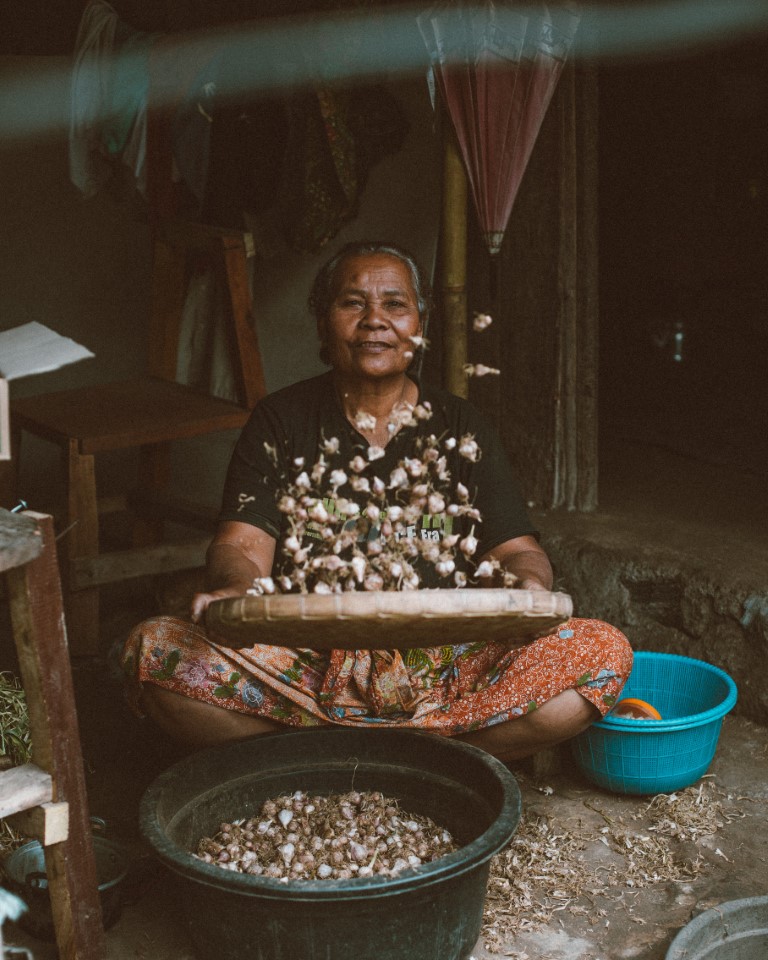
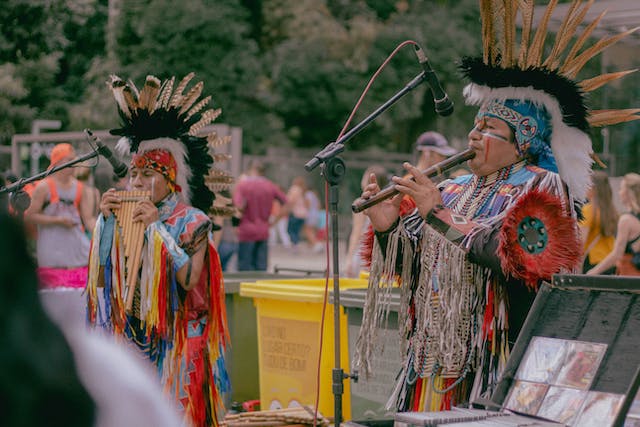 Photo credit:
Photo credit: 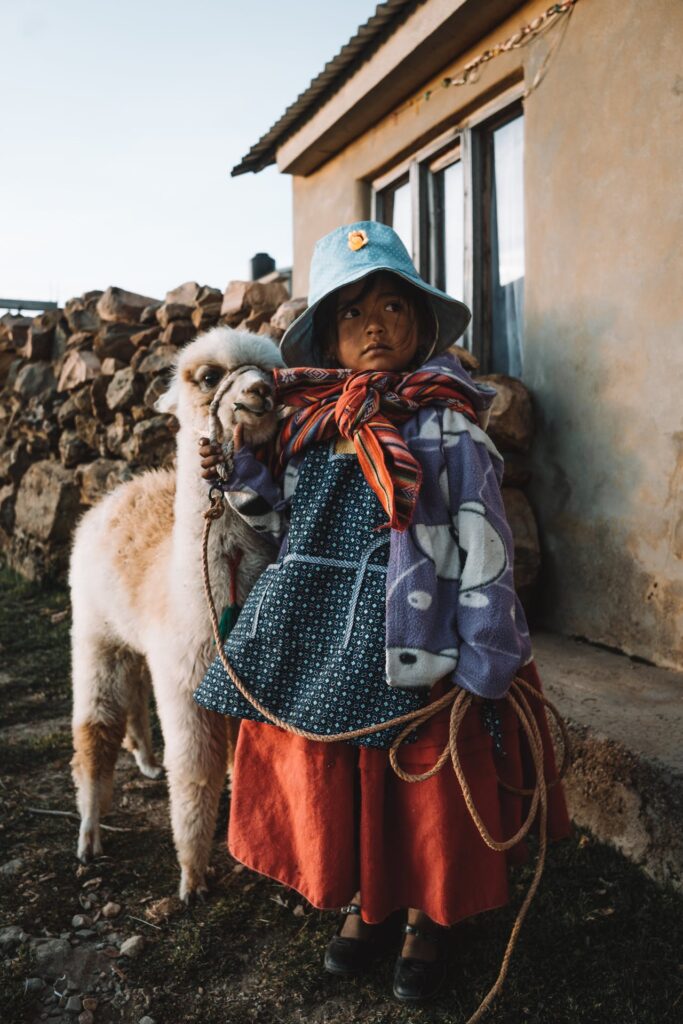 Photo credit:
Photo credit: 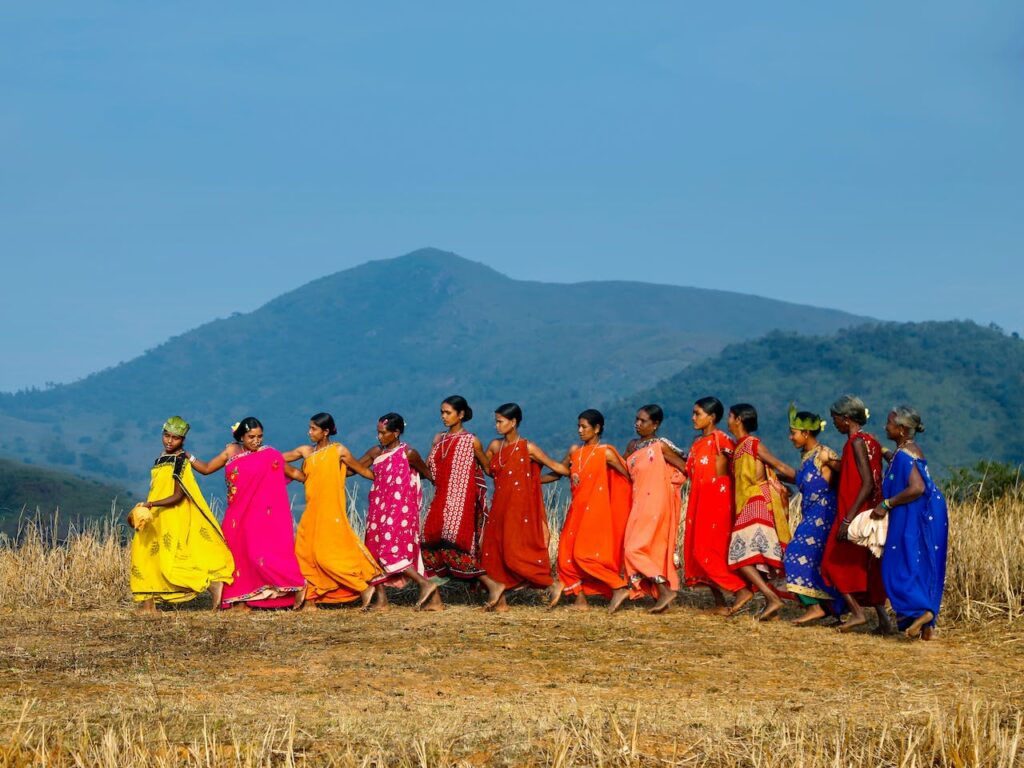 Photo credit:
Photo credit: 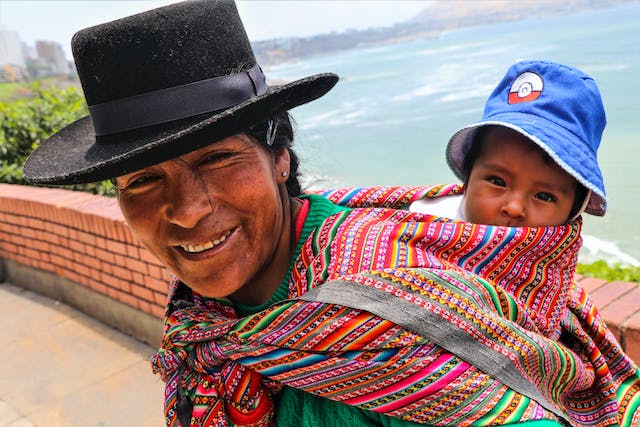 Photo credit:
Photo credit: 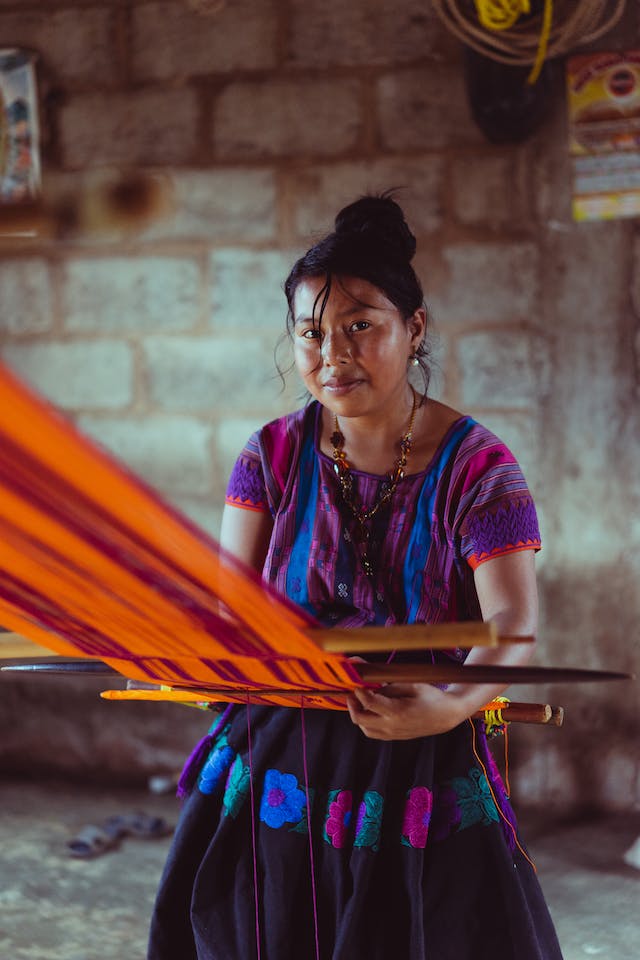 Photo credit:
Photo credit: 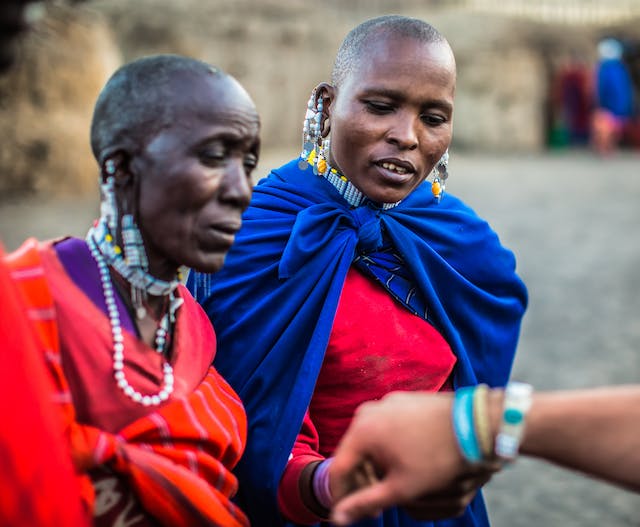 Photo credit:
Photo credit: 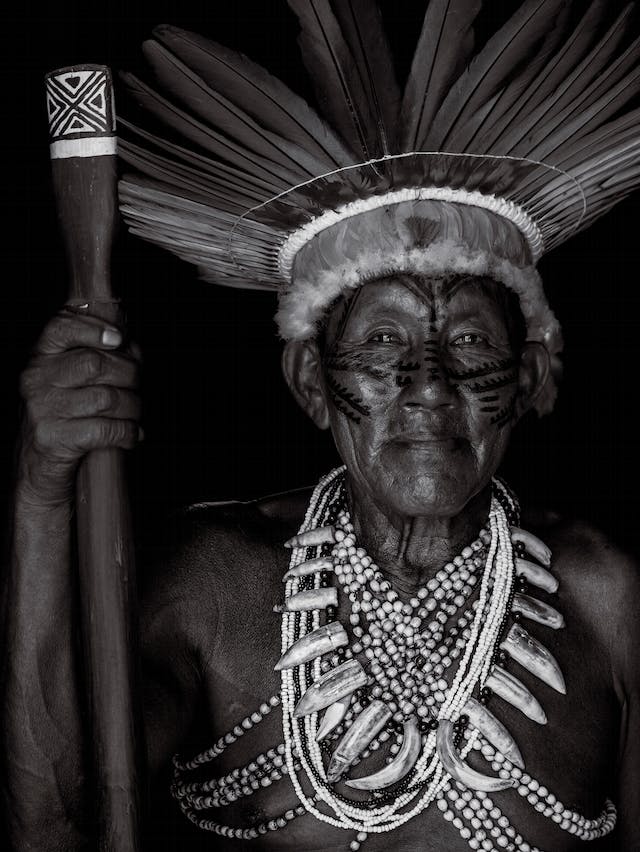 Photo credit:
Photo credit: 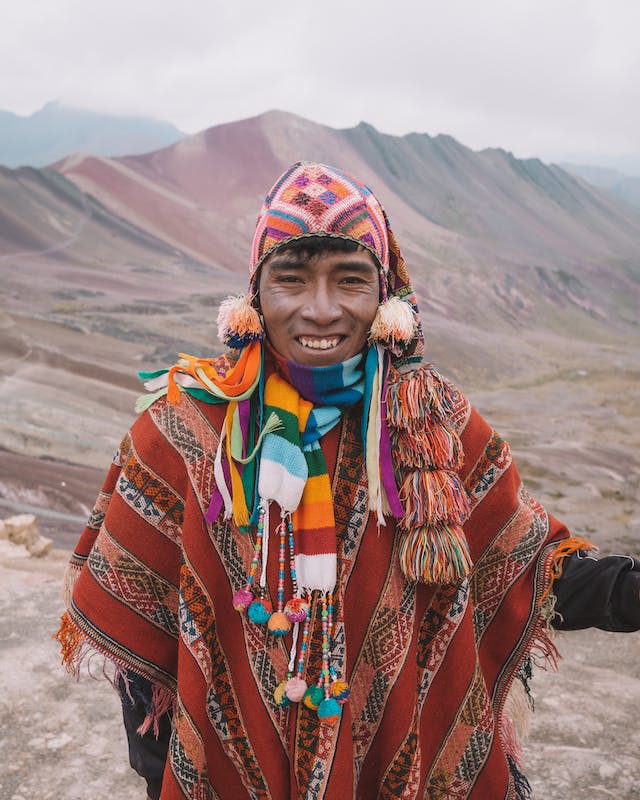 Photo credit:
Photo credit: 


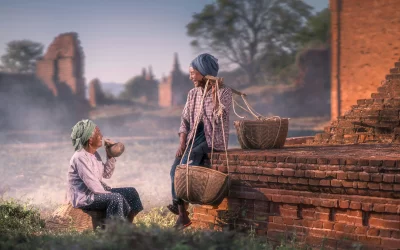

0 Comments